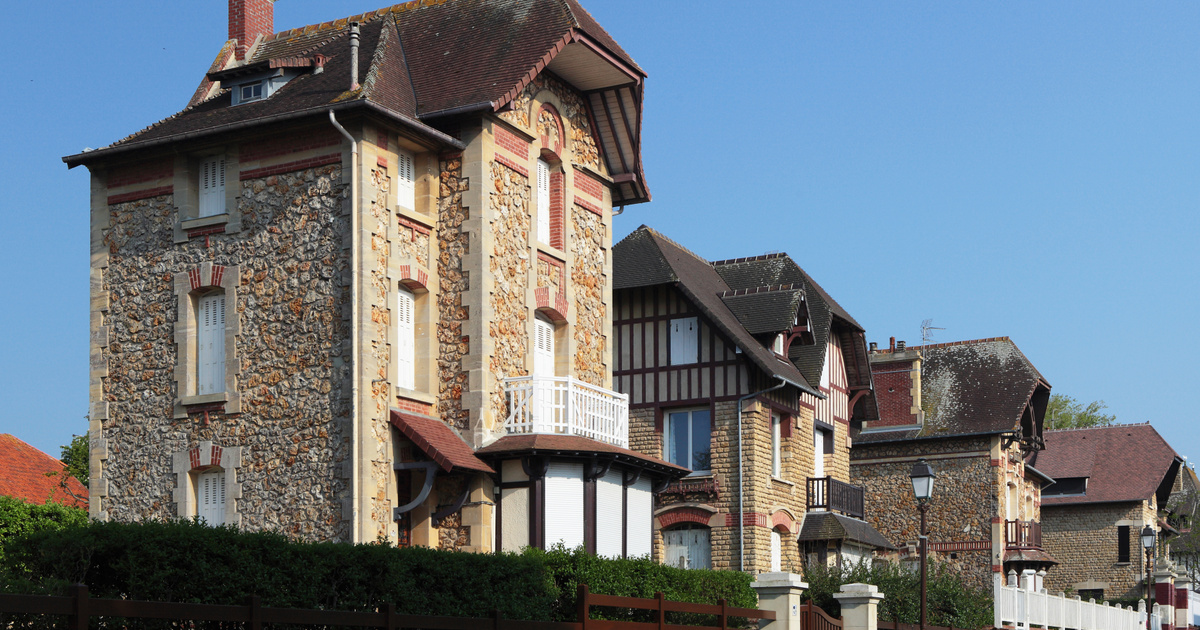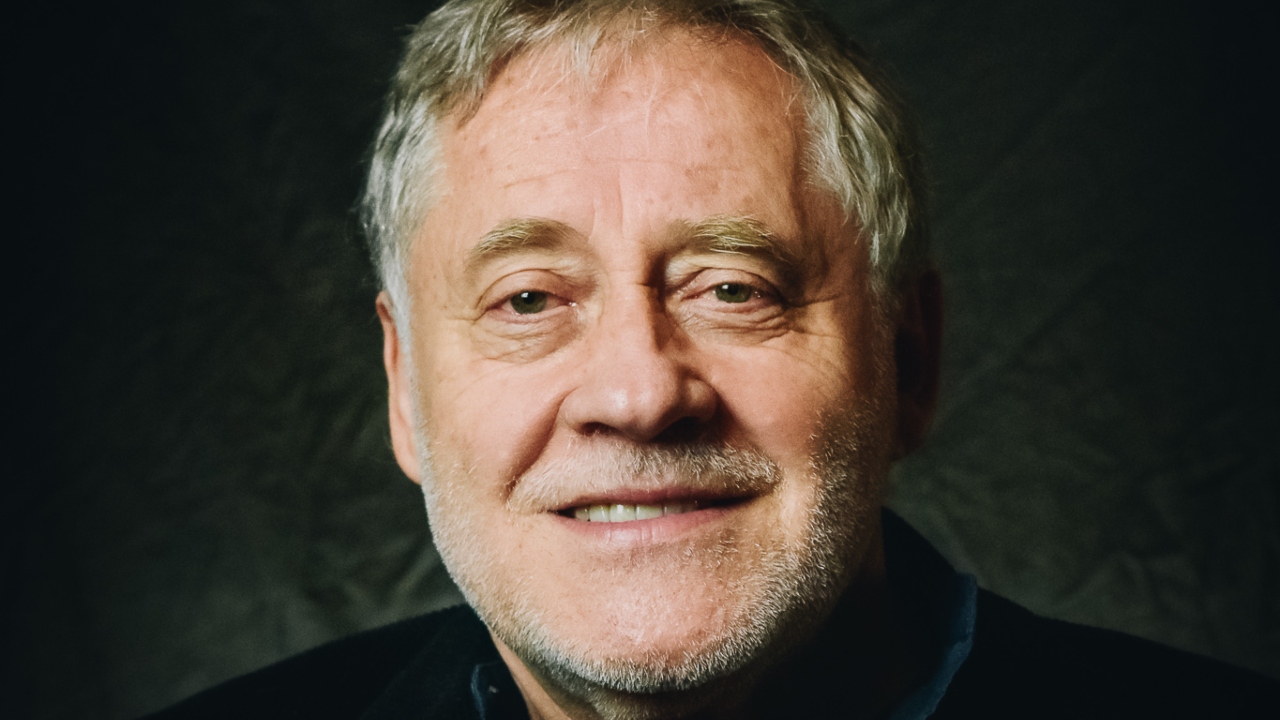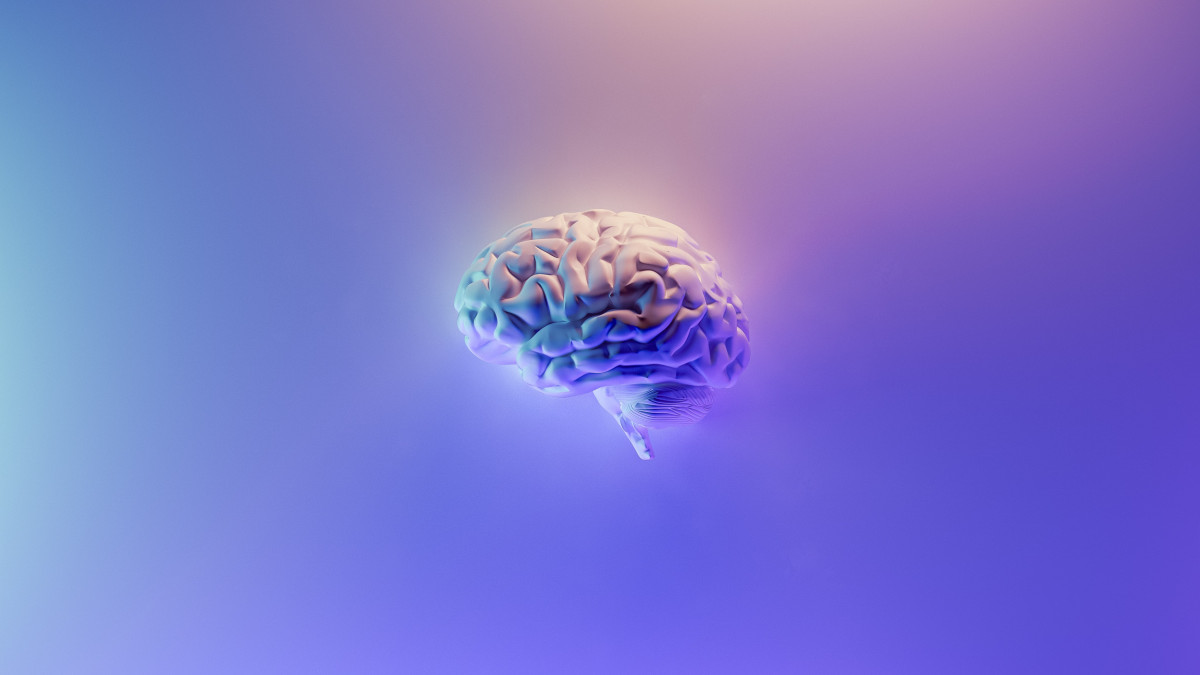Although the role of the REM stage in the development of some psychiatric and neurological diseases has been investigated in many studies, this field still holds many mysteries to scientists. The name itself is not entirely correct, because our eyes do not always move during the REM course, says assistant professor in the School of Education and Psychology at ELTE, who has now studied two different stages of the REM course with two research groups. Peter Seymour and colleagues A. In the Journal of Neuroscience Publish the results of their research.
Specialists with EEG measurements already Previously shownAs we sleep more vigilantly in the so-called color portion of the REM cycle (that is, when our eyes are not moving), we are more vulnerable to external stimuli. However, in the so-called staging phase of the REM cycle, we are more immersed in our inner world, perhaps when daytime memories and emotional experiences, which often appear in the form of dreams, are processed. The alternation between the two phases allows us to quickly wake up in an emergency.
Researchers at ELTE and Semmelweis University recently had a unique opportunity to access deep brain regions as well. At the National Institute of Clinical Neuroscience, the team of neurologists Dániel Fabó uses a special procedure to help epilepsy patients whose disease no longer responds to medication. Neurosurgeons implant a stimulation unit in the brain that reduces the number of seizures by electrically stimulating the area, thereby improving patients’ quality of life.
Because the implant can no longer only stimulate but also record the electrical activity of the brain, it can provide valuable information about the current functioning of the brain. The researchers used the data recorded during sleep to gain a deeper understanding of the stages of REM.
“Until now we were only spying on the surface, but now we have a unique opportunity to look at the brain.”
– said research leader Peter Seymour.
“While in healthy individuals, we only reach the surface of the skull, and here we have been able to measure neuronal activity from deep brain regions. On the one hand, this region plays an important role in memory processes and emotional information processing, and on the other hand, it is also part of a very active network. In the stage of rapid eye movement, “explains the assistant professor.
Researchers wondered if this area of the cerebellum behaved differently during the two REM phases. They looked at the relationship of the thalamus to the cerebral cortex and also measured its activity with an EEG. The results show that the cortical and hypothalamic network is more active in the phase of intense eye movement, and as a result, complex dream images may appear or old memories may be torn apart. This confirms the previous assumption:
When our eyes move during sleep, we tend to turn inward, but in the rhythmic phase closer to the waking state, we pay more attention to external stimuli.
But what happens when this external stimulus comes from our bodies? “Everyone has experienced worse sleep, having woken up several times after a hard dinner. Other internal bodily processes may not be conscious, but they can also affect our sleep,” says Peter Seymour.
So researcher and doctoral student Tamas Bogdani and Robert Bodys, a member of Similoys University and Pandelis Peracakis of Complutense University in Madrid, examined how we responded to sensations from within the body during REM and stages such as changes in heart rate. Participants spent 2 nights in the ELTE PPK sleep laboratory, where EEG and ECG measurements were performed on them.
As researchers prof Described in Sleep Journal:
The cerebral cortex also processes the heart rhythm differently in the two REM phases.
It has been proven before that people with insomnia give a more pronounced cortical response to their heart rhythm before bed, that is, they pay close attention to the outside world, including their bodies. The responses obtained in the rapid eye movement (REM) sleep portion of sleep (when our eyes are not moving) were similar to those our bodies produce in a wakeful heart rhythm. This may indicate some kind of a state of readiness, whereas in the period of eye movement we are immersed in an inner world in which our body plays a lesser role.
New research has deepened our previous knowledge of the stages of REM sleep, contributing to a better understanding and future therapeutic treatment of diseases (depression, post-traumatic stress, severe insomnia) in which the REM phase is disturbed, according to the journal ELTE. Release.
Opening image: Unsplash.com











































